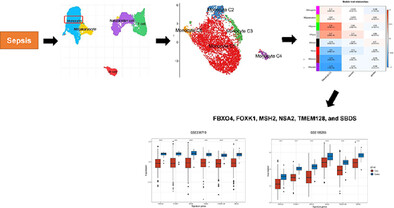Journal list menu
Export Citations
Download PDFs
Cover Picture
Sustainable Strategies for Converting Organic, Electronic, and Plastic Waste From Municipal Solid Waste Into Functional Materials (Global Challenges 4/2025)
- First Published: 16 April 2025

The cover image is based on the article “Sustainable Strategies for Converting Organic, Electronic, and Plastic Waste From Municipal Solid Waste Into Functional Materials” by Abdelaziz Gouda et al., https://doi.org/10.1002/gch2.202400240
Issue Information
Review
Recycling and Degradation Pathways of Synthetic Textile Fibers such as Polyamide and Elastane
- First Published: 13 March 2025

This review concerns two types of fibers widely used in the textile industry, polyamide and elastane, presenting common recycling types (mechanical and chemical) and focusing on biological pathways. Microbial degradation makes it possible to break down the material into carbon dioxide, water, methane, and mineral salts, while recycling by enzymatic processes should make it possible to return to the initial monomers constituting these polymers.
Perspective
Sustainable Strategies for Converting Organic, Electronic, and Plastic Waste From Municipal Solid Waste Into Functional Materials
- First Published: 07 March 2025
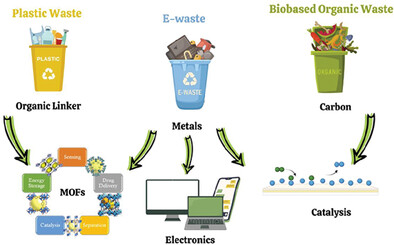
This Perspective highlights sustainable strategies to convert municipal solid waste into functional materials. It discusses innovative methods to transform organic waste into carbon materials, plastic and metal wastes into metal–organic frameworks. It includes precious metals' recovery using green hydrometallurgy. These approaches address waste disposal challenges while enabling energy, electronics, and environmental applications.
Research Article
Measurement of Carbon Emission Transfer in China's Construction Industry and Analysis of Spatial and Temporal Distribution of Carbon Emissions
- First Published: 13 February 2025
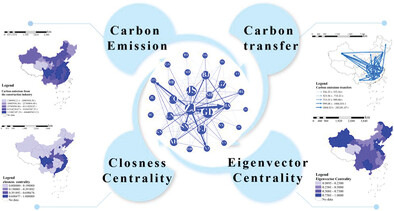
The carbon emission problem of the construction industry poses a challenge to the global environment. This study analyzes the role of Chinese provinces in influencing carbon emissions by calculating indicators based on the establishment of a complex network by integrating data into a multiregional input–output model through the measurement of carbon emissions and carbon transfers.
Synthesis and Evaluation of 3D Nitrogen Doped Reduced Graphene Oxide (3D N@rGO) Macrostructure for Boosted Solar Driven Interfacial Desalination of Saline Water
- First Published: 25 February 2025
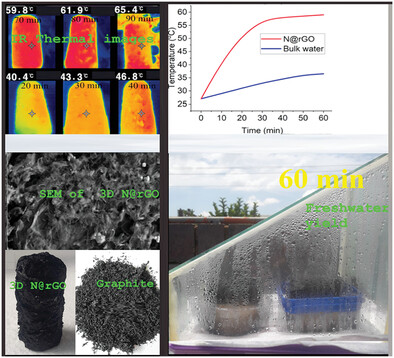
In this study, a novel 3D N@rGO solar absorber is fabricated, exhibiting broadband solar absorption across the spectrum and superior photothermal conversion efficiency. Under a solar-driven interfacial desalination setup with an efficient heat management system, the 3D solar absorber demonstrated outstanding long-term and stable desalination performance of high-salinity water under both simulated and real-world conditions, indicating its potential for scaling up.
Comprehensive Assessment of Technological Challenges In Photovoltaic Waste Recovery In India Using Principal Component Analysis and Analytic Hierarchy Process Models
- First Published: 24 February 2025
An In-Silico Study to Identify Relevant Biomarkers in Sepsis Applying Integrated Bulk RNA Sequencing and Single-Cell RNA Sequencing Analyses
- First Published: 13 March 2025
Multi-Criteria Analysis for Effective Rain Water Harvesting Site Identification in Konso Zone, Ethiopia
- First Published: 07 March 2025
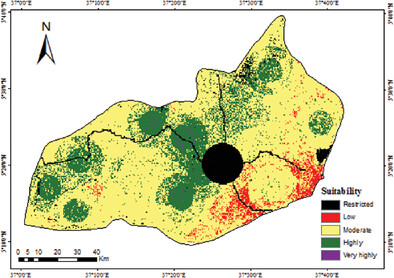
Rainwater harvesting (RWH) has become a hot issue in the present scenario due to intermittent climate change, scanty rainfall, and insufficient surface runoff. Among such, the Konso area in the extreme south of Ethiopia is considered to find effective sites for RWH through multi-criteria analysis combined with Geographic Information System. Various factors have been undertaken for MCA to find suitable sites. The criteria class is categorized into five suitability levels based on their significance for rainwater harvesting using an analytical and hierarchical process (AHP).
From Lab to Field: Damp Heat Testing and its Implications for PV Module Service Lifetime
- First Published: 24 March 2025

Growing global concerns about climate change are boosting PV system installations; however, it is important to acknowledge the durability and reliability issues PV modules encounter during real-world operation. This study maps the equivalent damp heat testing times for a service lifetime of 30 years across Europa. It emphasizes the significant impacts of local climate conditions and module constructions on testing times, highlighting the risks of relying on standard testing for service lifetime estimation.






